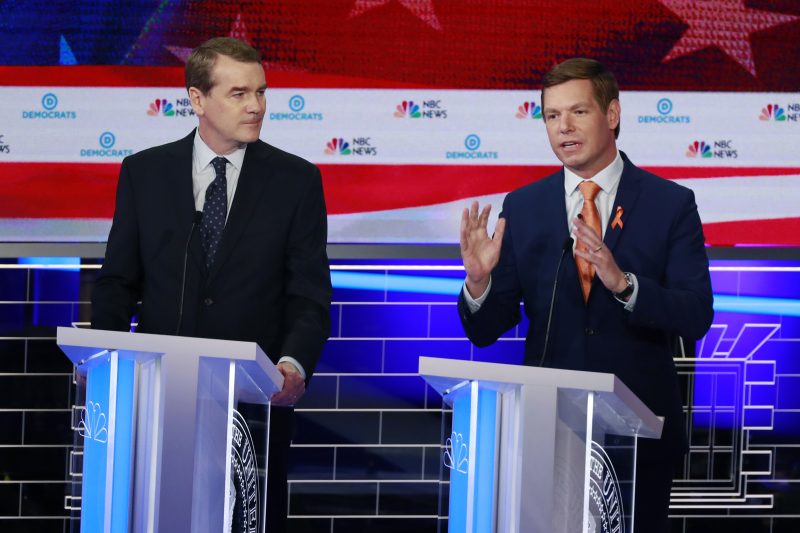Within the Democratic Party, the question of passing the leadership torch to younger representatives has always been a formidable challenge, and yet, it seems the issue remains largely unresolved. As the Democratic Party navigates through significant moments in the country’s political history, the older generation grapples with making way for the younger up-and-comers who bring to the table fresh perspectives, revolutionary ideas, and tech-savvy, data-driven approaches to handling societal issues.
To understand the dynamics at play, it’s important to consider the power structures within the party. The Democrats have been run by what some consider being the older, more traditional generation of politicians. Figures such as Nancy Pelosi, Joe Biden, and Chuck Schumer are representative of this group. They are stalwarts of the Democratic establishment with decades-long careers founded on a well-trodden path of political negotiation and carefully cultivated relationships.
Shouldering the legacy of generations, their perspectives and leadership style are often entrenched, prioritizing cautious diplomacy over intrusive reform. While they have been critical to the party’s successes, their longevity in power breeds a certain resistance to change. It’s an effect observed not just in the Democratic Party but also in organizations where power is held by a small group for a long time. The leadership can become insulated and risk-averse, distancing themselves from radical ideas or significant structural changes.
Opposite to this is the newer, younger breed of Democrats that have come to light recently, representative of a more progressive, diverse, and inclusive America. These new leaders, such as Alexandria Ocasio-Cortez, Ilhan Omar, and Pete Buttigieg, have been pushing for more radical changes in policies concerning climate change, healthcare, social justice and more. Their focus is not just on the outcome of an election but also on ushering in a new era of Democratic policies that better fit with the changing demographic and socio-economic trends of the country.
The clash between the old and the new has been visible in the Democratic Party over the last few years. The 2020 Democratic Party presidential primaries is a case in point. One could see moderate candidates backed by the party’s old guard facing off against progressive firebrands supported by the party’s increasingly vocal left flank. The tensions, splintering, and the eventual uneasy coalescing around President Biden underlined the struggle for balance of power within the party.
The contention lies not just in policy differences or in leadership style but in the very question of succession. How does the party affect the necessary transition while maintaining continuity? How can the Democrats pass the leadership torch without sidelining their seasoned leaders or stifling the ambitions of the younger generation?
One proposed solution lies in mentorship and inclusive decision-making. The older generation can work to mentor and guide the newcomers, leveraging their vast experience and in-depth knowledge of the political landscape. This includes not just passing down knowledge but also offering support, sponsorship opportunities, and sharing platforms to create a harmonious blend of experience and innovation.
The younger generation, for their part, must respect the wisdom and contributions of their more experienced counterparts and work to harness this knowledge and adapt it to the modern world’s problems. They must become adept at utilizing these insights while also pressing forward with bold, transformative policies that reflect the evolving socio-political climate.
Overall, the Democrat’s challenge in passing the torch to the younger generation goes beyond mere power transitions. It is an existential question of how to ensure continuity and legacy while embracing change and progression. It is about creating a future that is old enough to know better and young enough to do more.































